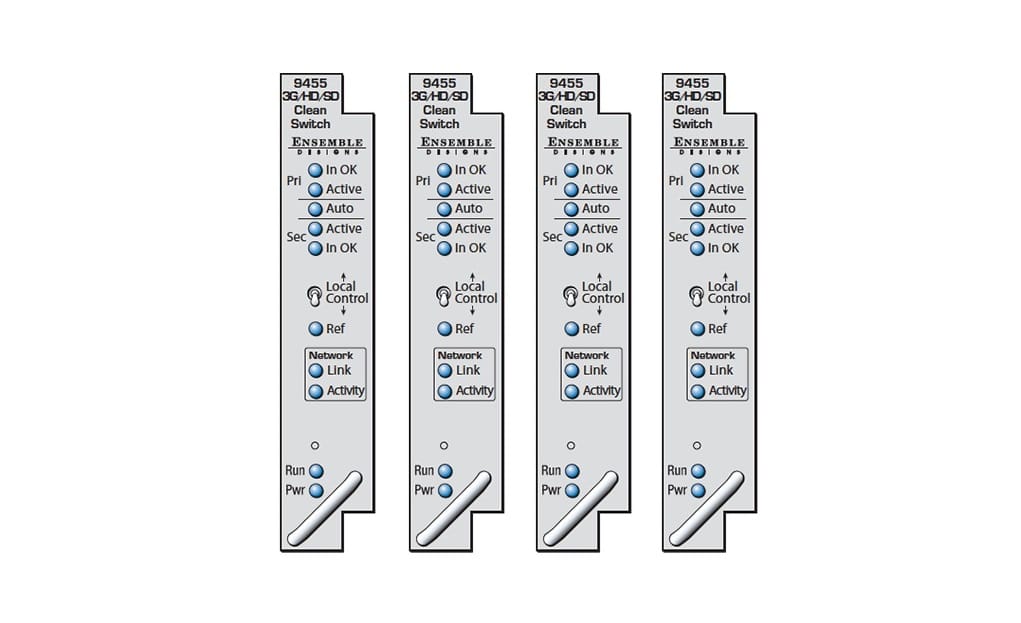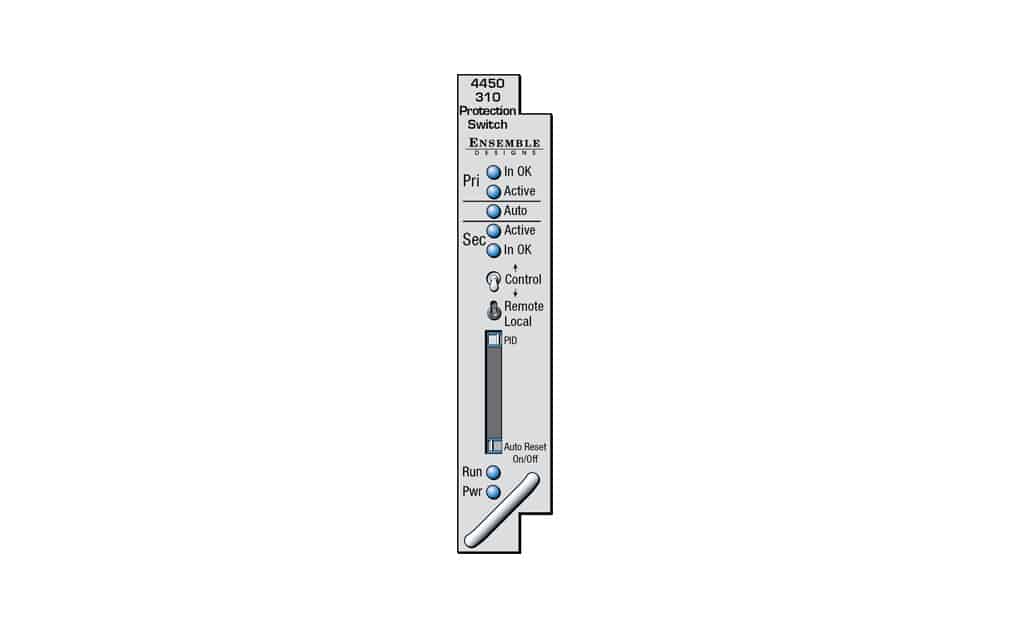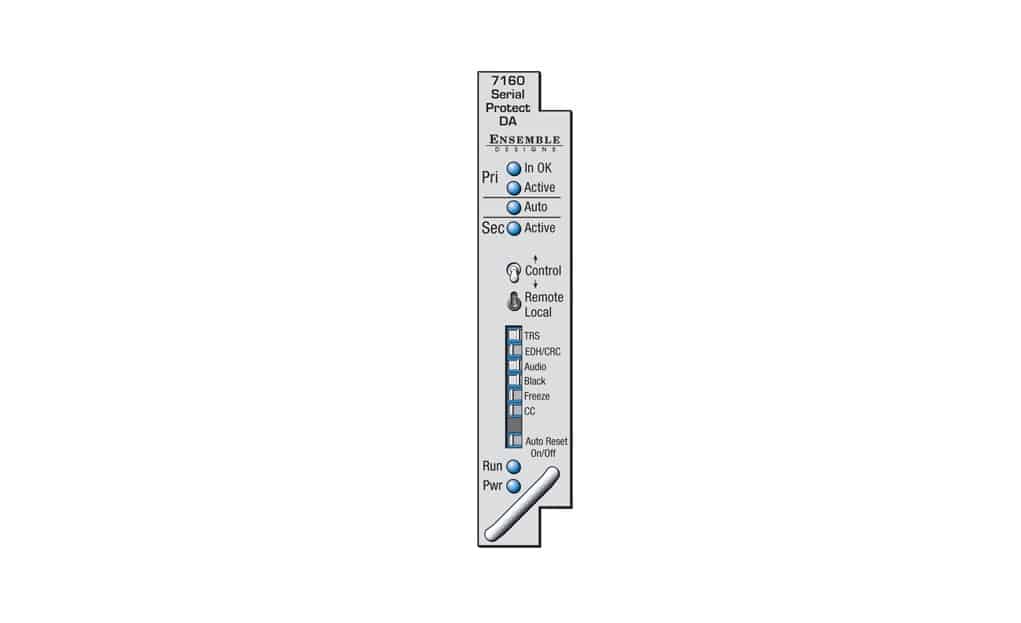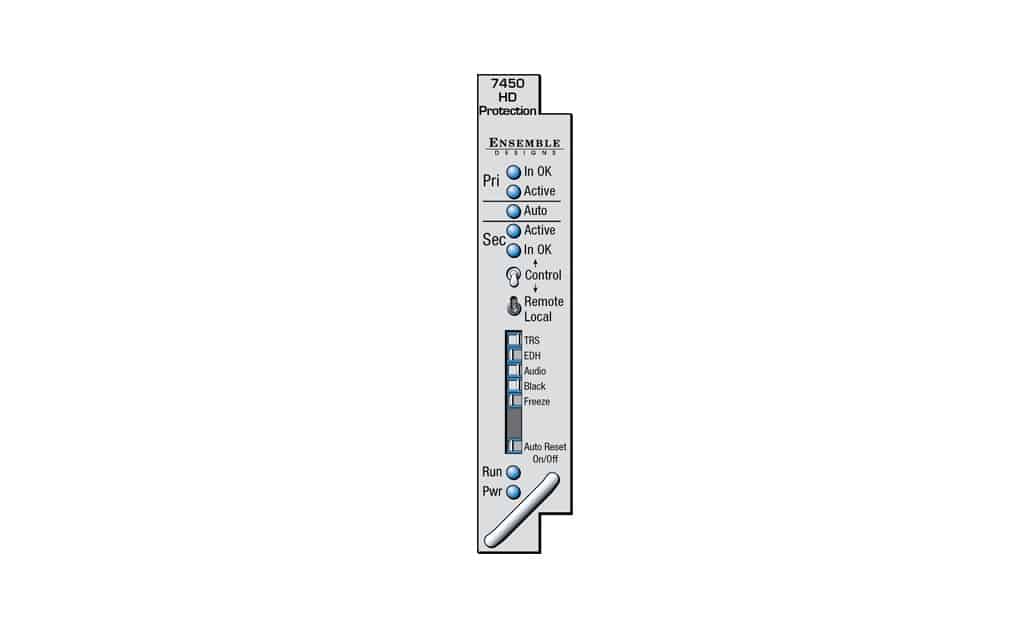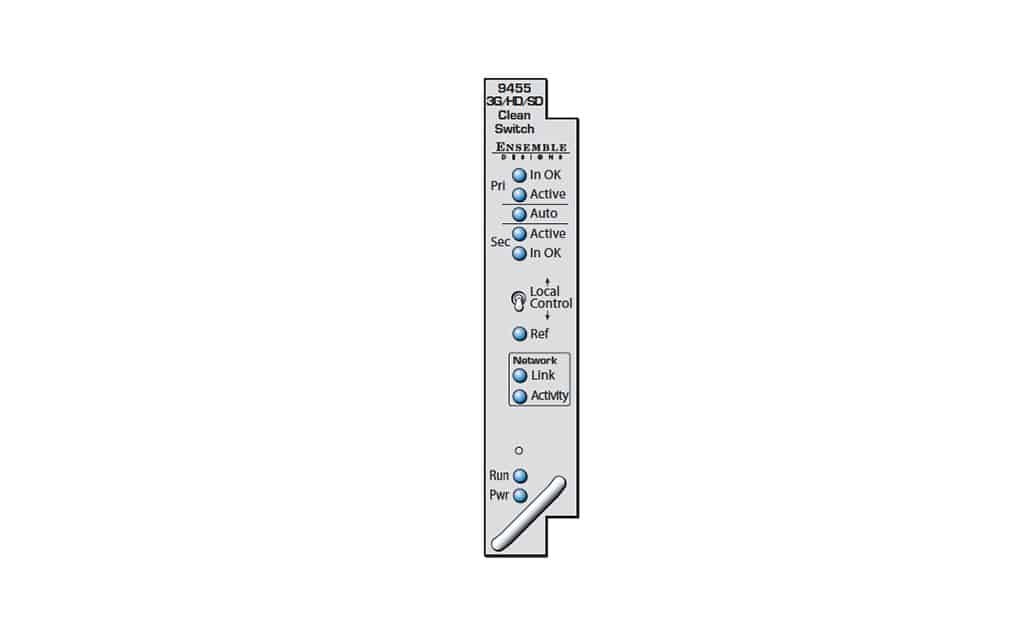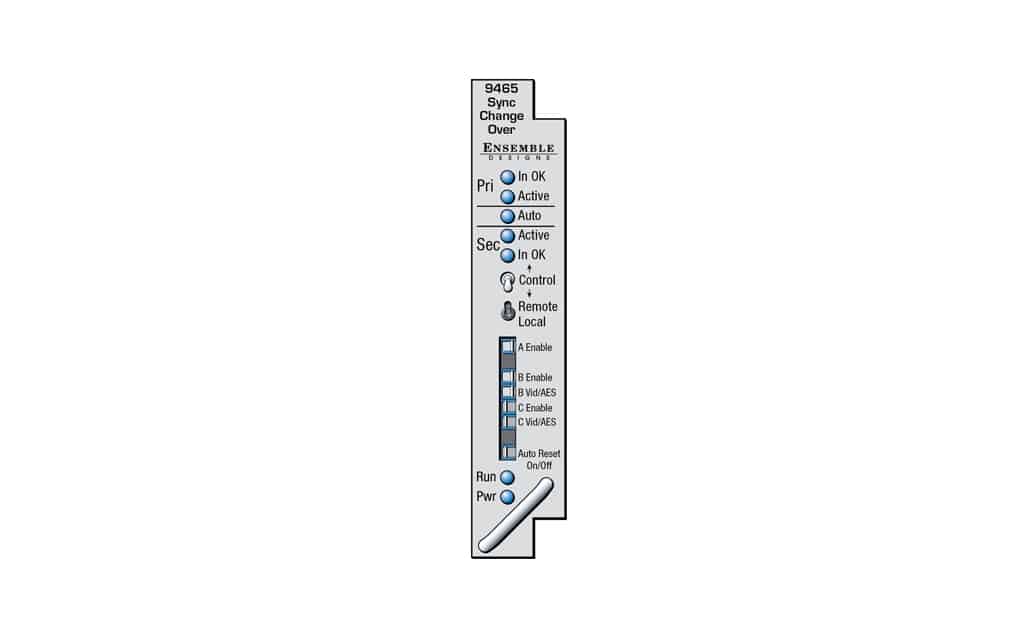
Signal Processing
Best-in-class “glue” products tying media system together.
Flexible, frame-based and compact signal processing products for video facilities includes modules for video up/down conversion, audio embedding, synchronization, conversion, routing, noise reduction, protection switches, test signal generators and more. We support IP-2110 / 4K / UHD / FHD Video, MPEG, Analog Video and Audio processing.
Product Filters See 9 moreSee lessSee 8 moreSee lessSee 4 moreSee lessSee 4 moreSee less
Series
Avenue(11)
BrightEye(0)
Form-Factor
Modular Card(10)
Video Input
4K/UHD SDI(1)
3G HD SDI(2)
HD SDI(7)
SD SDI(7)
Fiber Optic(0)
HDMI(0)
HDMI HDCP(0)
DVI(0)
VGA(0)
ASI(4)
SMPTE 310M(4)
Analog Component(0)
Analog Composite(2)
Video Output
4K/UHD(1)
3G HD SDI(1)
HD SDI(6)
SD SDI(6)
Fiber Optic(0)
HDMI(0)
HDMI HDCP(0)
ASI(4)
SMPTE 310M(4)
Analog Component(0)
HD Analog Component(0)
Analog Composite(2)
Video Processing
Protection Switch(11)
Reference In/Timeable Output(3)
TBC/Frame Sync(2)
Audio Features
Adjustable Delay(0)
AES(3)
AGC(0)
Analog Audio(0)
Disembedder(1)
Dolby E(2)
Embedder(1)
Mix & Shuffle(0)
Sync Pulse/Test Signal
Analog(0)
SD SDI(0)
Tri-Level Sync(0)
3G HD SDI(0)
4K/UHD SDI(0)
GPS(0)
HD SDI(0)
Time Code(0)

